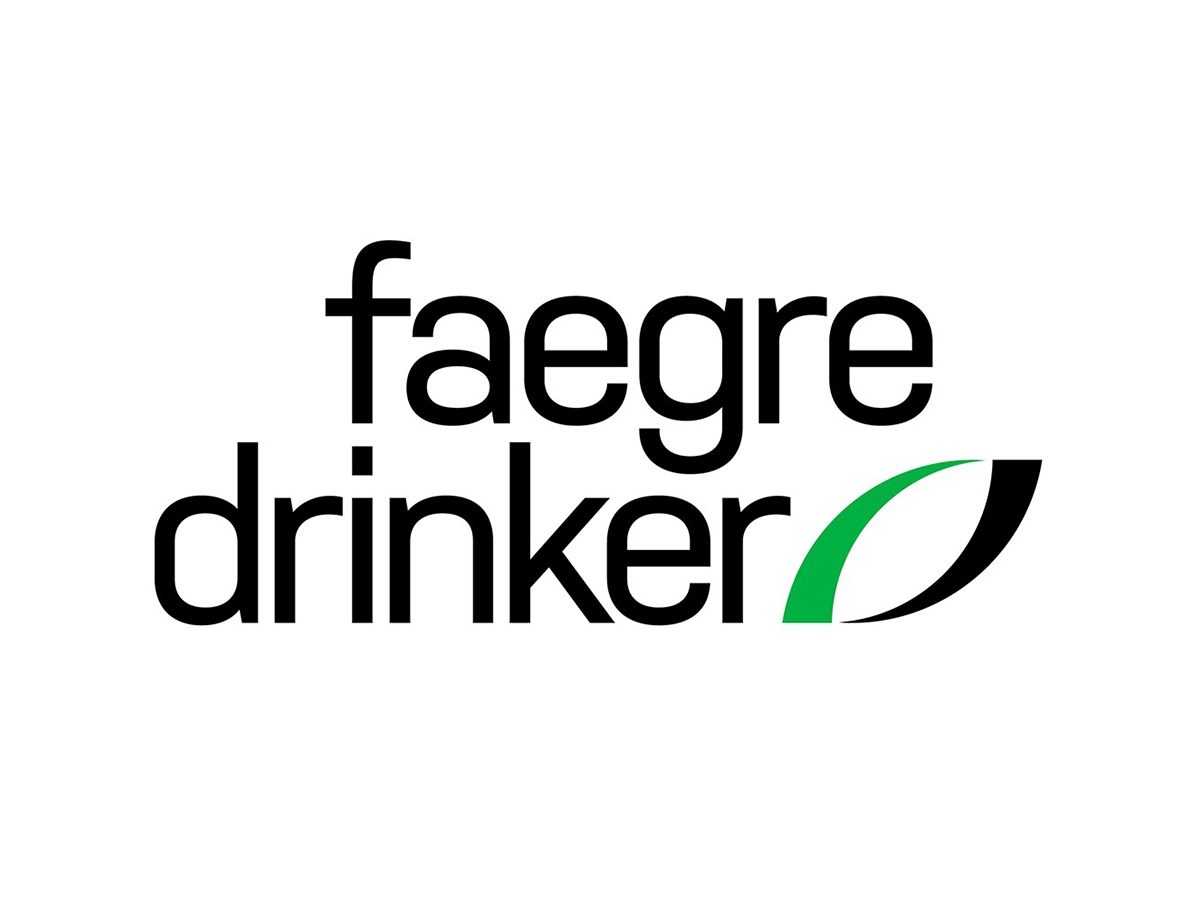Patent Applications Published After the Priority Date of a Challenged Patent Are Not ‘Printed Publications’ for IPRs
“The [patent] statute confirms that IPRs should not be instituted based on patent applications that published after the priority date of the challenged patent [but] the PTAB has permitted IPRs to be based on prior-filed, later-published patent applications.”
Editor’s Note: The author is representing Lynk Labs in Appeal No. 23-2346 from IPR2022-00149.
Section 311(b) of the America Invents Act (AIA) provides that a patent can be challenged in an inter partes review (IPR) “only on the basis of prior art consisting of patents or printed publications.” A published U.S. patent application that never issued as a patent can be used as the basis for an IPR challenge because it’s printed and it’s a publication, right? Not so fast.
The pending appeal in Lynk Labs, Inc. v. Samsung Electronics Co., Ltd. presents this issue in what appears to be a matter of first impression for the Federal Circuit. See Lynk Labs Inc. v. Samsung Electronics Co., App. No. 2023-2346, from IPR2022-00149.
It has long been held that “printed publications” are references that are publicly available before the priority date* of the challenged patent. That is the letter of the law, and it makes sense as a matter of policy: a person should not be able to obtain a patent on knowledge that is already part of the relevant public domain. (*The case law alternatively refers to the “priority date” or “critical date” or “filing date” of the patent at issue).
But what about an application that was filed before the filing date of the challenged patent, but was not published until after the filing date? That reference is not a prior art “printed publication” because it was not publicly available at the time the application for the patent was filed. This kind of “secret prior art” should not be available as the basis for an IPR. See OddzOn Prods, Inc. v. Just Toys, Inc., 122 F.3d 1396, 1402 (Fed. Cir. 1997) (referencing “the ‘secret prior art’ of § 102(e)”).
Case Law Confirms That Prior-Filed, Later-Published Applications Are Not Prior Art ‘Printed Publications’
Another way to frame the question is whether a patent application that is prior art only under pre-AIA Section 102(e)(1) [or AIA Section 102(a)(2), which has similar language] is a “printed publication” for purposes of Section 311(b). These provisions of Section 102 define a prior art category for “an application for patent” filed before but not published until after the critical date of the patent. Even though the patent application is secret and not publicly available when filed, pre-AIA Section 102(e)(1) makes it effective as prior art as of its filing date.
The Federal Circuit has held that IPRs can be based only on a “prior art patent or prior art printed publication.” Qualcomm Inc. v. Apple Inc., 24 F. 4th 1367, 1375 (Fed. Cir. 2022) (emph. added). The Supreme Court has stated that the IPR provision allows a petitioner to challenge a patent “in light of ‘patents or printed publications’ existing at the time of the patent application.” See Return Mail, Inc. v. U.S. Postal Serv., 139 S. Ct. 1853, 1860 (2019) (emph. added). Those cases apply Section 311(b), which permits IPRs “only on the basis of prior art consisting of patents or printed publications.” A published patent application is, of course, not a “patent.” Accordingly, it can only be used as prior art in an IPR if it is a “prior art printed publication.”
It is long-settled law that a reference is a prior art “printed publication” only if it became publicly accessible before the critical date of the challenged patent. “The statutory phrase ‘printed publication’ has been interpreted to mean that before the critical date [of the challenged patent] the reference must have been” publicly accessible to the public interested in the art.” In re Klopfenstein, 380 F.3d 1345, 1348 (Fed. Cir. 2004) (emph. added). See, e.g., Acceleration Bay, LLC v. Activision Blizzard Inc., 908 F.3d 765, 772 (Fed. Cir. 2018); In re Lister, 583 F.3d 1307, 1314, 1317 (Fed. Cir. 2009); In re Cronyn, 890 F.2d 1158, 1160 (Fed. Cir. 1989).
A patent application that is filed before the critical date of the challenged patent is not publicly accessible as of its filing date because it is kept confidential in the United States Patent and Trademark Office (USPTO). Therefore, it is not a prior art printed publication as of its filing date. The patent application becomes publicly accessible when it is later published, but it is not a prior art printed publication if it publishes after the critical date of the challenged patent.
In sum, patent applications that qualify as prior art only under pre-AIA Section 102(e)(1) are not “printed publications” for purposes of an IPR.
The Statutory Language Confirms that Prior-Filed, Later-Published Patent Applications Are Not Prior Art ‘Printed Publications’
The AIA restricts the scope of IPRs to grounds “only on the basis of prior art consisting of patents and printed publications.” The plain meaning of the statute governs when its language and structure is clear and unambiguous. Genentech, Inc. v. Immunex Rhode Island Corp., 964 F.3d 1109, 1111 (Fed. Cir. 2020); Belkin Intern., Inc. v. Kappos, 696 F.3d 1379, 1381 (Fed. Cir. 2012) (“the plain and unambiguous meaning of a statute prevails”); see SAS Inst. v. Iancu, 138 S.Ct. 1348, 1356-1357 (2018) (“Where a statute’s language carries a plain meaning, the duty of an administrative agency is to follow its commands as written, not to supplant those commands with others it may prefer.”).
“Printed publication” is a statutory term of art long understood to mean a reference that is publicly accessible before the critical date of the patent, as discussed above. The language and structure of the statute confirms that “printed publications” do not include prior-filed, later published patent applications.
For example, the pre-AIA statute distinguishes between a “printed publication” before the invention or the date of the application (§ 102(a), (b)) and “an application for patent” before the invention (§ 102(e)(1)). An “application for patent” under Section 102(e)(1) is thus a distinct category of prior art from a “printed publication.” See Qualcomm Inc. v. Apple Inc., 24 F. 4th 1367, 1374 (Fed. Cir. 2022) (pre-AIA subsections (a), (b), (e), and (g) define different categories of prior art).
Likewise, the AIA statute separately defines a “printed publication” before the effective filing date (§ 102(a)(1)) from “an application for patent” before the effective filing date (§ 102(a)(2)). Again, an “application for patent” under § 102(a)(2) is a distinct category of prior art from a “printed publication” under § 102(a)(1).
Thus, the structure of the AIA statute under Section 102 confirms that “printed publication” prior art is distinct from prior-filed, later-published “application for patent” prior art. Section 311(b) of the AIA elected to permit IPRs to be based solely on prior art “patents and printed publications.”
Section 311(b) thus specifically limits IPRs to two categories of prior art defined in Section 102, “patents” and “printed publications,” and excludes other categories of prior art including an “an application for patent.” Further, there is nothing in the AIA even suggesting that the meaning of “printed publications” in Section 311(b) is different than the meaning of “printed publication” in Section 102.
In sum, the statute confirms that IPRs should not be instituted based on patent applications that published after the priority date of the challenged patent.
The PTAB’s Position on the Admissibility of Published Applications in IPRs Is Incorrect
The PTAB has permitted IPRs to be based on prior-filed, later-published patent applications.
For example, in Patent Quality Assurance, LLC v. VLSI Tech. LLC, IPR2021-01229, Paper 129, at 27-29 (PTAB June 13, 2023), the PTAB determined claims unpatentable based on Abadeer, a patent application filed before, but published after, the priority date of the challenged ’373 Patent. The Board held that “Abadeer … is a printed publication that can be raised under section 102(e).” Id. at 28.
Patent Quality Assurance relied on the Federal Circuit’s non-precedential decision in Purdue Pharma L.P. v. Iancu, 767 Fed.Appx 918, 920–21, 926 (Fed. Cir. 2019). In Purdue Pharma, the Federal Circuit rejected the patent owner’s argument that the priority date of the challenged patent preceded the filing date of the reference, a published application by Joshi. Id. at 925. The question of whether a Section 102(e)(1) reference is a “printed publication” within the meaning of Section 311(b) was not presented to or decided by the court. Purdue Pharma does not support the PTAB’s position.
The Board’s other argument in Patent Quality Assurance is that “section 311’s reference generally to section 102 indicates that applicable ‘printed publications’ include published applications under section 102(e)(1).” Patent Quality Assurance, at 29. The Board is mistaken. Section 311(b) does not “reference generally” to Section 102. It does not even mention Section 102. Quite the opposite: It identifies two specific categories of prior art—“patents” and “printed publications”–and it does not reference the other prior art categories in Section 102, such as inventions “known or used by others,” inventions “in public use or on sale,” and, most relevant here, an “application for patent.” See Pre-AIA, § 102(a)-(b), (e); AIA § 102(a)(1).
In Lynk Labs. Inc., v. Samsung Electronics Co., Ltd., IPR2022-00149, Paper 33 (June 26, 2023), the Board found that a patent application reference that was filed before, but published after, the priority date of the challenged patent was a permissible prior art “printed publication.” The Board justified its interpretation of Section 311(b) based on the fact that the old Covered Business Method proceeding under the AIA limited challenges to “prior art that is described by [AIA] section 102(a),” i.e., implicitly excluding prior-filed, later-published patent applications under AIA Section 102(b). Id. at 11 (citing AIA § 18(a)(1)(C)). However, the language that was used in the CBM provision is not relevant because Section 311(b) of the AIA already expressly limits IPRs to “prior art consisting of patents or printed publications.” The CBM provision does not change the well-understood meaning of “printed publications” in Section 311(b) and Section 102.
Closing Thoughts
The Federal Circuit will address whether IPRs can be instituted on the basis of U.S. patent applications published after the priority date of a challenged patent. Such Section 102(e)(1) (pre-AIA) and Section 102(a)(2) (AIA) prior art does not constitute a “printed publication,” which has a long-understood meaning as a document that is published before the priority date of the challenged patent. IPRs should not be instituted based on such prior-filed, later-published patent applications.
Image Source: Deposit Photos
Author: gstockstudio
Image ID: 57216291






